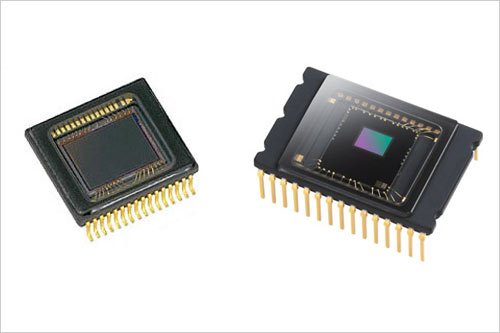
Today, most digital still cameras use either a CCD image sensor or a CMOS sensor. Both types of sensor accomplish the same task of capturing light and converting it into electrical signals.
Digital cameras have become extremely common as the prices have come down. One of the drivers behind the falling prices has been the introduction of CMOS image sensors. CMOS sensors are much less expensive to manufacture than CCD sensors.
A CCD is an analog device. When light strikes the chip it is held as a small electrical charge in each photo sensor. The charges are converted to voltage one pixel at a time as they are read from the chip. Additional circuitry in the camera converts the voltage into digital information.
A CMOS chip is a type of active pixel sensor made using the CMOS semiconductor process. Extra circuitry next to each photo sensor converts the light energy to a voltage. Additional circuitry on the chip may be included to convert the voltage to digital data.
Neither technology has a clear advantage in image quality. On one hand, CCD sensors are more susceptible to vertical smear from bright light sources when the sensor is overloaded; high-end frame transfer CCDs in turn do not suffer from this problem.
DOWNLOAD PDF HERE : CCD vs CMOS, Fact and Fiction
















